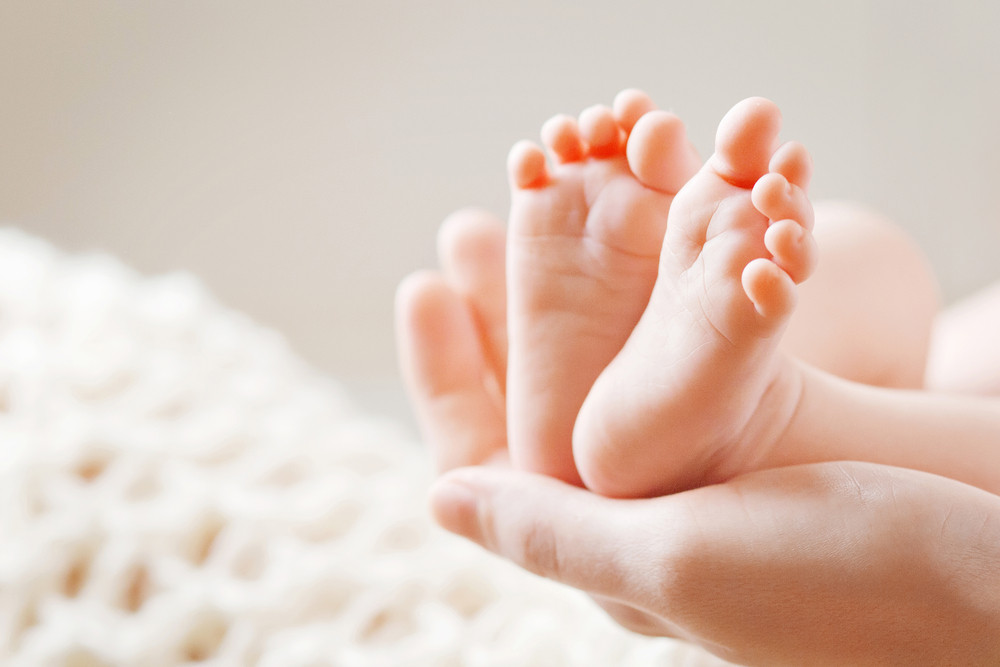Popular Reads
Top Results
Can't find what you're looking for?
View all search resultsPopular Reads
Top Results
Can't find what you're looking for?
View all search resultsNew study finds that a certain attachment behavior in babies could be linked to autism
Change text size
Gift Premium Articles
to Anyone
A
new, first of its kind study has found that children who show a behavior called insecure-resistant attachment as a baby and who have an older sibling with an autism spectrum disorder (ASD) are more likely to be diagnosed with ASD themselves.
Carried out by researchers at the University of Miami, USA, the new study looked at 95 infants and observed their attachment to one of their parents at 15 months of age in order to assign them one of four different attachment classifications.
To do this, the researchers briefly separated the babies from their mother or father on two occasions to assess how they reacted during their parent's absence and how they reacted once their parent returned.
They were then followed to see if any of these attachment classifications was linked to a diagnosis of ASD when the child was three years old.
Of the 95 infants, 56 were already deemed to be high-risk infants, meaning that they had a sibling who had already been diagnosed with ASD. The researchers explain that in a previous study they found that one in five infants of siblings with an ASD will also be diagnosed with an ASD, which is why they are considered high risk.
The findings, published in the journal Developmental Science, showed that 16 of the infants who were deemed to be high-risk infants eventually developed ASD, 40 were high-risk infants who did not develop ASD and 39 were low-risk infants who also did not develop ASD.
In addition, the researchers also found that the high-risk infants who demonstrated a behavior called insecure-resistant attachment towards a parent were more than nine times more likely to receive an ASD diagnosis by age 3 than high-risk infants who were classified as having secure attachments.
It's normal for babies to cry or show signs of distress when a parent leaves and they are left with a stranger, explain the researchers. However, whereas babies with secure attachment will be soothed when the parent returns, babies classified with insecure-resistant attachments won't be.
Read also: Anxiety in autistic children: Why rates are so high
"They not only cry when the parent leaves, but they never really settle down when the parent returns, which indicates that the infants are not confident in their ability to be calmed," said psychology professor Daniel Messinger.
The researchers note that spotting an insecure-resistant attachment early won't prevent children from developing ASD. However, they say recognizing it early could lead to interventions that help infants who will develop an ASD form more secure social relationships, which is often difficult for people with those with the disorder.
"There are a lot of questions about when early indications of autism emerge, and this is a pretty strong risk signal at 15 months among infants who have an older sibling with ASD," Messinger said. "And while we can't stop future ASD diagnoses, this suggests we should also consider attachment-related interventions for high-risk infants who show insecurity. We don't do that at all right now."










